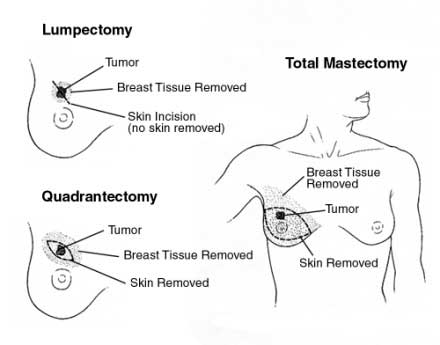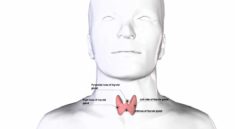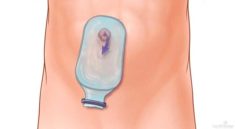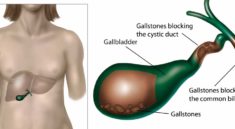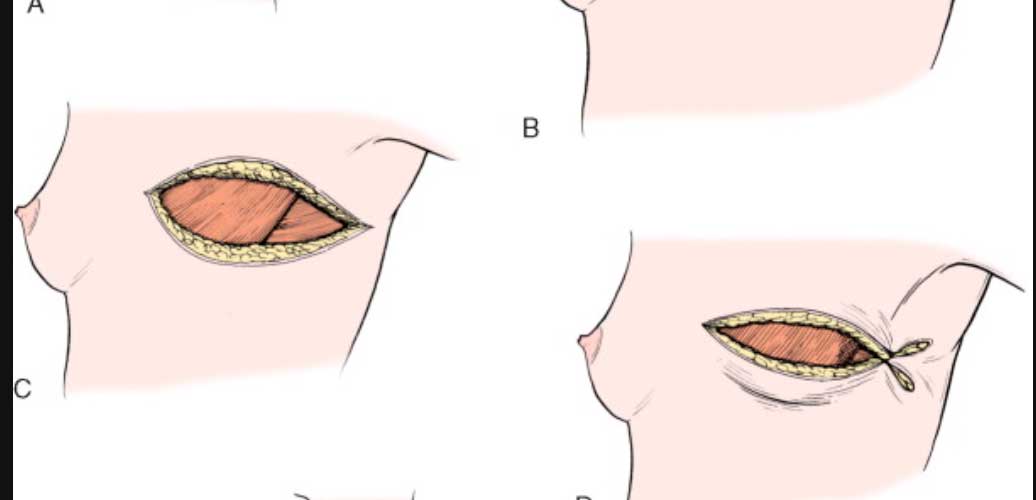
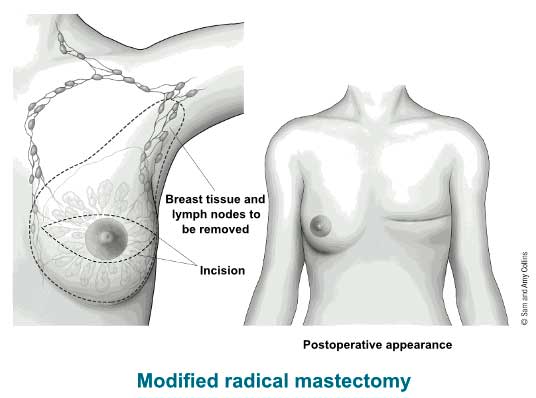
INFORMATION
Why it’s done
A mastectomy is used to remove all breast tissue if you have breast cancer or are at very high risk of developing it. You may have a mastectomy to remove one breast (unilateral mastectomy) or both breasts (bilateral mastectomy).
Mastectomy for breast cancer treatment
A mastectomy may be a treatment option for many types of breast cancer, including:
- Ductal carcinoma in situ (DCIS), or noninvasive breast cancer
- Stages I and II (early-stage) breast cancer
- Stage III (locally advanced) breast cancer — after chemotherapy
- Inflammatory breast cancer — after chemotherapy
- Paget’s disease of the breast
- Locally recurrent breast cancer
Your doctor may recommend a mastectomy instead of a lumpectomy plus radiation if:
- You have two or more tumors in separate areas of the breast.
- You have widespread or malignant-appearing calcium deposits (microcalcifications) throughout the breast that have been determined to be cancer after a breast biopsy.
- You’ve previously had radiation treatment to the breast region and the breast cancer has recurred in the breast.
- You’re pregnant and radiation creates an unacceptable risk to your unborn child.
- You’ve had a lumpectomy, but cancer is still present at the edges (margin) of the operated area and there is concern about cancer extending to elsewhere in the breast.
- You carry a gene mutation that gives you a high risk of developing a second cancer in your breast.
- You have a large tumor relative to the overall size of your breast. You may not have enough healthy tissue left after a lumpectomy to achieve an acceptable cosmetic result.
- You have a connective tissue disease, such as scleroderma or lupus, and may not tolerate the side effects of radiation to the skin.
- Mastectomy to prevent breast cancer. You might also consider a mastectomy if you don’t have breast cancer, but have a very high risk of developing the disease.
Preparing for your surgery
You’ll be given instructions about any restrictions before surgery and other things you need to know, including:
- Tell your doctor about any medications, vitamins or supplements you’re taking.Some substances could interfere with the surgery.
- Stop taking aspirin or other blood-thinning medication.A week or longer before your surgery, talk to your provider about which medications to avoid because they can increase your risk of excessive bleeding. These include aspirin, ibuprofen (Advil, Motrin IB, others) and other pain relievers, and blood-thinning medications (anticoagulants).
- Don’t eat or drink 8 to 12 hours before surgery. You’ll receive specific instructions from your health care team.
BEFORE THE PROCEDURE
Your doctor or nurse will tell you when to arrive at the hospital. A mastectomy without reconstruction usually takes one to three hours. The surgery is often done as an outpatient procedure, and most people go home on the same day of the operation.
If you’re having both breasts removed (a double mastectomy), expect to spend more time in surgery and possibly an additional day in the hospital. If you’re having breast reconstruction following a mastectomy, the procedure also takes longer and you may stay in the hospital for a few additional days.
If you’re having a sentinel node biopsy, before your surgery a radioactive tracer and a blue dye are injected into the area around the tumor or the skin above the tumor. The tracer and the dye travel to the sentinel node or nodes, allowing your doctor to see where they are and remove them during surgery.
After the procedure
After your surgery, you can expect to:
- Be taken to a recovery room where your blood pressure, pulse and breathing are monitored
- Have a dressing (bandage) over the surgery site
- Feel some pain, numbness and a pinching sensation in your underarm area
- Receive instructions on how to care for yourself at home, including taking care of your incision and drains, recognizing signs of infection, and understanding activity restrictions
- Talk with your health care team about when to resume wearing a bra or wearing a breast prosthesis
- Be given prescriptions for pain medication and possibly an antibiotic
Results
The results of your pathology report should be available within a week or two after your mastectomy. At your follow-up visit, your doctor can explain the report.
If you need more treatment, your doctor may refer you to:
- A radiation oncologistto discuss radiation treatments, which may be recommended if you had a large tumor, many lymph nodes that tested positive for cancer, cancer that had spread into the skin or nipple, or cancer remaining after the mastectomy
- A medical oncologistto discuss other forms of treatment after the operation, such as hormone therapy if your cancer is sensitive to hormones or chemotherapy or both
- A plastic surgeon,if you’re considering breast reconstruction
- A counselor or support groupto help you cope with having breast cancer
Is a mastectomy painful?
Pain from surgery. You will likely have some pain after breast surgery (lumpectomy, mastectomy or breast reconstruction). For most people, this pain is temporary. Painright after surgery is usually due to injury to the skin or muscles.
How long do you have to take off work for a mastectomy?
A mastectomy is an inpatient procedure, so you’ll be in the hospital one or two daysafter surgery. You will have surgical drains in place for five to seven days(sometimes up to 3 weeks) to help with healing. These will be removed during a follow-up appointment with your surgeon.
How long does it take to recover from double mastectomy?
The recovery time from a double mastectomy can vary from person to person, but it typically takes 4 to 6 weeks
When can I drive after a mastectomy?
It is safe to resume driving when all the drains are out, when you are off all pain medication and when you have regained safe range of motion of your arms. For most women this is about 3 weeks after the mastectomy.
What can you eat after a mastectomy?
Aim to eat three meals and some snacks throughout the day. Have more of the protein-rich foods like lean cuts of meat, fish, eggs, nuts, seeds and pulses (such as lentils and beans), and include healthy fats such as avocados, olive or rape-seed oil, and unsalted peanut butter.
CONCLUSION
All the Lorem Ipsum generators on the Internet tend to repeat predefined chunks as necessary, making this the first true generator on the Internet. It uses a dictionary of over 200 Latin words, combined with a handful of model sentence structures, to generate Lorem Ipsum which looks reasonable.


